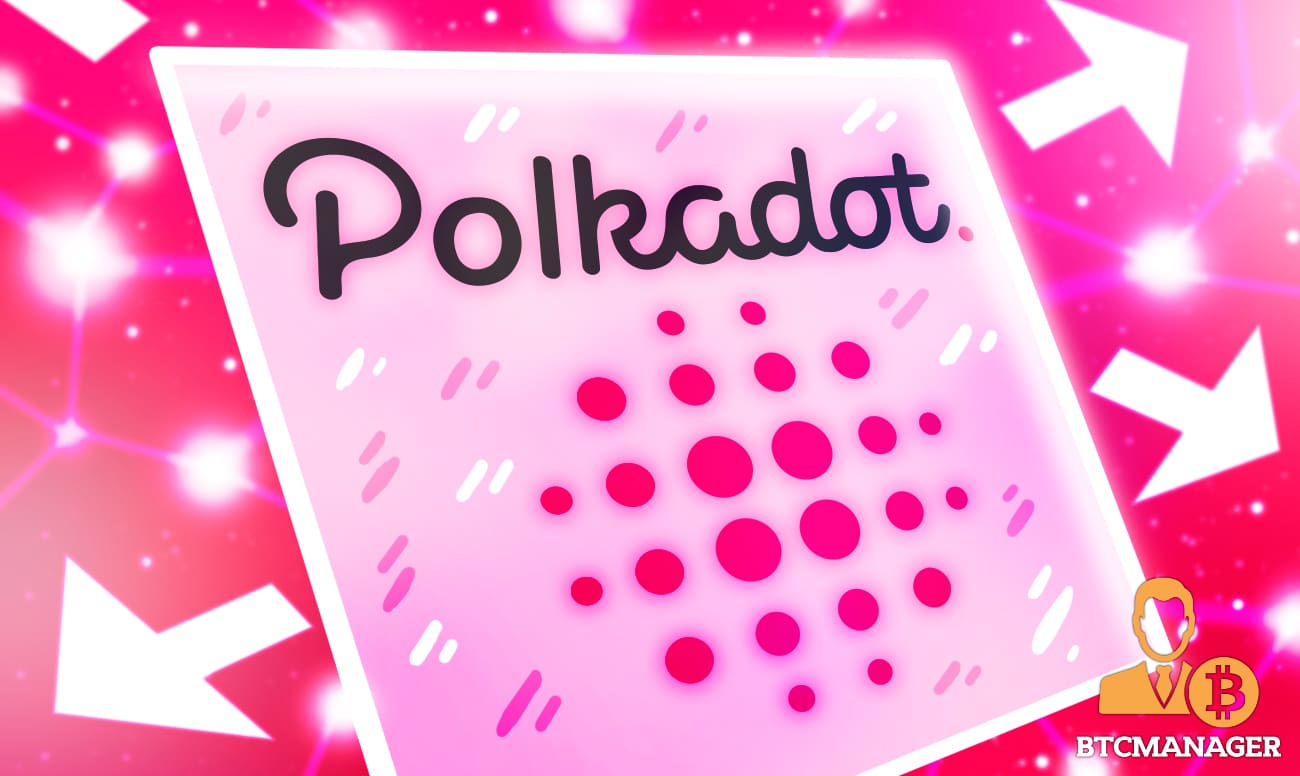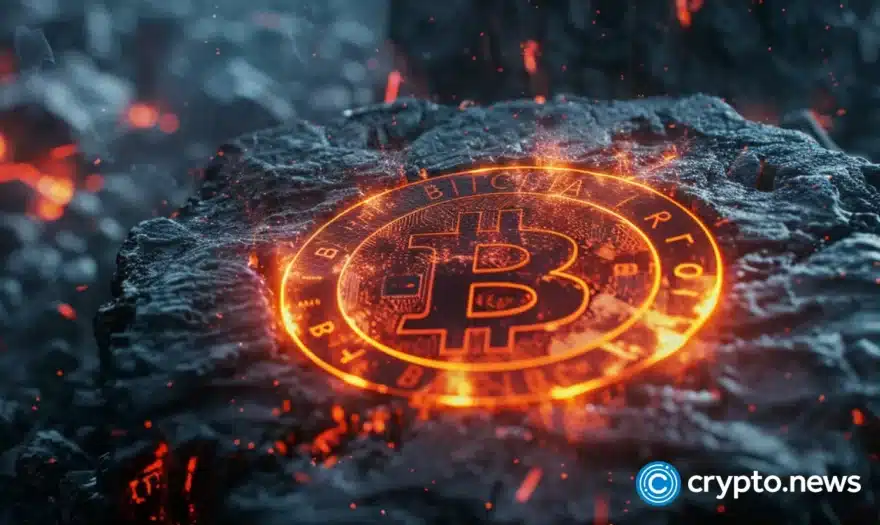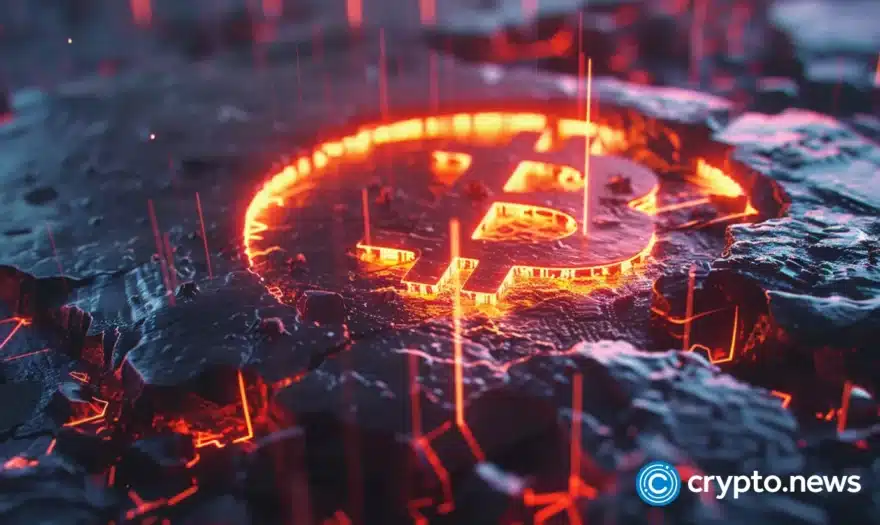Altcoin Explorer: How Polkadot (DOT) Is Leading the Blockchain Interoperability Race

Amid the rapidly maturing decentralized finance (DeFi) space within the larger cryptocurrency industry, one major smart-contract platform has caught the attention of everyone – Polkadot (DOT).
In this Altcoin Explorer, we explore in detail the Polkadot ecosystem and attempt to determine if this promising blockchain project has what it takes to propel blockchain technology into mainstream adoption.
What is Polkadot?
According to its official website, Polkadot is a “heterogeneous multi-chain technology.” In simple terms, Polkadot aims to become the blockchain that binds together or bridges the technological distance among all other blockchains. Think of Polkadot as the common thread that links different blockchains running on different consensus algorithms together.
The project’s light-paper reads in part:
“Polkadot is a next-generation blockchain protocol that unites an entire network of purpose-built blockchains, allowing them to operate seamlessly together at scale,” the light paper further details. “It connects several chains together in a single network, allowing them to process transactions in parallel and exchange data between chains with security guarantees.”
In essence, Polkadot aims to solve some of the major bottlenecks hindering widespread blockchain adoption in current times, such as scalability, and the lack of interconnectedness among different blockchain networks.
The History of Polkadot
At the peak of the DeFi boom witnessed earlier this year, Polkadot skyrocketed its way into the top ten cryptocurrency projects in existence in terms of market cap and it is not too hard to figure why.
Founded by tech stalwarts, including Ethereum co-founder and Solidity inventor Dr. Gavin Wood, Polkadot was destined for great heights right from its inception.
Other than Wood, the Polkadot founding team comprises of Robert Habermeier, and Peter Czaban – the technology director of the Web3 Foundation.
For the uninitiated, the Web3 Foundation has been in charge of Parity Technologies to develop the Polkadot ecosystem. It is worthy of note that Wood also founded Parity Technologies which brings together a team of top distributed systems engineers, cryptographers, solutions architects, and researchers.
Polkadot, akin to several other crypto projects at the peak of the late 2017 bull run, had a successful initial coin offering (ICO) which saw all of the project’s tokens being bought by the third day. At the time, the price of every DOT token was fixed at 0.109 ETH, which means that the price of the total 5 million DOTs was 485,331 ETH.
To ensure that there is no significant change in the price of DOT tokens, all subscribed tokens were locked and frozen until 2019 when the project’s Genesis block was to be launched. However, despite the highly successful ICO, Polkadot was faced with several unfortunate hurdles during its initial years of existence.
For instance, most of the project’s ICO funds were lost due to hacking of the Polkadot multi-sig wallet. At the time, funds worth over 500,000 ETH (approx. $90 million) were lost in the “Parity wallet hack.”
However, the Polkadot team remained resilient and continued to build and expand the Polkadot ecosystem to rival the likes of Ethereum, Cardano, Tron, and other smart contract platforms. Throughout 2019 and 2020, the Polkadot team was successful in raising more than $100 million through private funding rounds – a testimony to the high level of confidence the project enjoys among accredited investors.
The Rise of Polkadot
As mentioned earlier, Polkadot was a relatively less-known project prior to the DeFi summer of 2020. However, things took a sharp turn when the Polkadot mainnet was officially released. First run by the Web3 Foundation, the Polkadot mainnet was completely decentralized in July 2020.
P minus one minute and counting… pic.twitter.com/l1vHcwLVYL
— Gavin Wood (@gavofyork) July 21, 2020
Soon after their mainnet went live, the Polkadot decided to float a proposal seeking to change the distribution of the DOT token. The proposal advocated a 1:100 ratio split of the old DOT token. For example, if Joe held 10 old DOT tokens at $100 each, after the new proposal, he would hold 1000 DOT tokens at $1 each, thus ensuring he holds tokens worth the same dollar-value before and after the split.
Polkadot’s Unique Tech Architecture
Polkadot’s unique tech architecture also makes it a special project in terms of functionality. In its light-paper, Polkadot mentions three major terms that make up the mantle of its tech infrastructure. These are:
1) The Relay Chain
The Relay Chain is the central Polkadot blockchain that eventually all other blockchain networks will connect to.
2) The Parachain
If you have ever read anything about Polkadot before, there is a high probability you must have come across this term. Parachain is essentially short for ‘parallelized chains.’ Essentially, these are blockchains that run in parallel through the Polkadot network.
3) The Bridge Chain
The final piece in the Polkadot tech architecture puzzle, the Bridge Chain works in pretty much the same way as it sounds. They are built to connect blockchains that do not use Polkadot’s governance protocols.
Connecting the dots (no pun), one might develop a fair idea how the aforementioned three critical elements of the Polkadot infrastructure might interact with each other to solve blockchain’s long-standing scalability issue.
The relay chain functions as the central blockchain network that receives information or data from the parachains through the bridge chains. This carefully curated tech architecture is what allows Polkadot to overcome one of the major chinks in the armour for distributed ledger technology, that of scalability.
Further, Polkadot also takes extra care of the security of data running on the network. This, it does via the ‘shared security’ wherein all security resources are pooled in together within the Polkadot network to ensure greater security prowess. This makeup also enables individual blockchains in the network to leverage the benefits of collective security of the entire Polkadot network.
The Governance Protocol and DOT Token
Polkadot uses a slightly tweaked version of the Proof-of-Stake consensus algorithm, called nominated Proof-of-Stake for validation of transactions and security.
Moreover, all blockchains connected to the Polkadot ecosystem can use their own iterations of the PoS mechanism and decide when and how to update and run the decentralized applications (dApps) they choose.
When it comes to the project’s native token, the DOT token serves several critical functions for the upkeep and smooth functioning of the Polkadot ecosystem.
First of all, DOT helps with the smooth operation of the Polkadot network. The functioning of the Polkadot network relies heavily on the adequate maintenance of the protocol’s consensus mechanism. This mechanism is held by DOT token holders who must ensure active participation in order to avoid being punished for below-par behavior.
Next, DOT token holders also play an active role in the governance of the Polkadot ecosystem. DOT holders get a wide range of protocol care functions, such as protocol changes, addition and removal of parachains, and changes in the fee structure, if any.
Final Thoughts
Polkadot has cemented itself as one of the top-rated and well respected smart-contract platforms in existence today in a relatively short period of time, thanks to the rapid pace of development and expansion of the DOT ecosystem.
In an industry that is already known for thinking outside the box and always pushing the envelope, Polkadot stands as an outlier with its drastically innovative and novel tech infrastructure that seeks to make seamless blockchain interoperability a reality.
With an enviable tech team at its helm and an increasing number of entities joining its ecosystem with every passing day, it is only a matter of time before Polkadot firmly establishes itself as the project that was finally able to connect the disjointed dots in the blockchain and cryptocurrency space.












